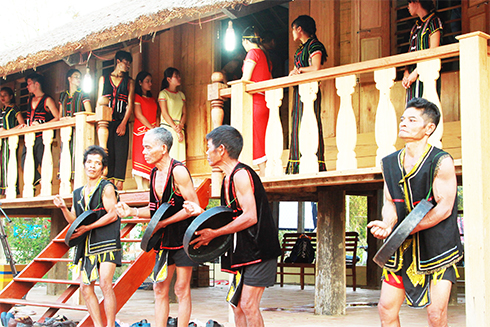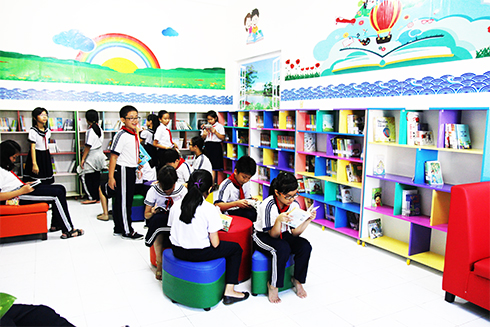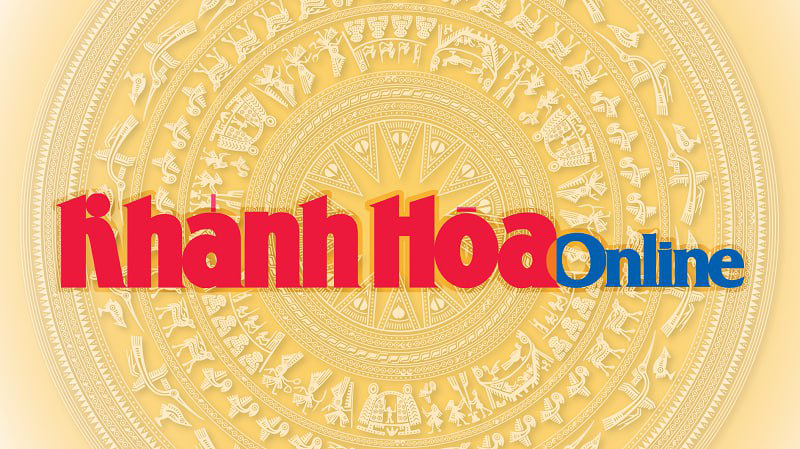
Khanh Hoa Provincial People's Committee recently approved the project to inventory the typical cultural heritages of three ethnic minorities (Raglai, Ê đê, T'rin) in the province.
Khanh Hoa Provincial People’s Committee recently approved the project to inventory the typical cultural heritages of three ethnic minorities (Raglai, Ê đê, T’rin) in the province.
According to Le Van Hoa, Deputy Director of Khanh Hoa Provincial Department of Culture and Sports, the project aims to preserve and promote the cultural characteristics of these ethnic groups through raising funds from the public and creating a change in awareness of the public about the values of the cultural heritages. The results of this project are expected to help the professional units and localities to decide a common and appropriate method to improve the quality of the inventorying of cultural heritages. Additionally, the general survey and inventorying of the cultural heritages of these three ethnic minorities also aims to create the criteria for recognition of typical cultural heritages; build up the database and scientific documentation of the cultural heritages and artisans.
From now until the end of the year, the provincial Department of Culture and Sports, as the owner of the project, will make plans to carry out the project, such as selecting qualified people for the projects; opening professional training classes on identifying and inventorying the cultural heritages.

|
The inventorying the traditional cultural heritages of the Raglai, Ê đê, and T’rin will be carried out at six localities including Cam Ranh City, Ninh Hoa Town, Khanh Son District, Khanh Vinh District, Dien Khanh District, and Cam Lam District. The cultural heritages which will be inventoried include relics, antiques, intangible cultural heritages, and artisans. The project implementers will document scientifically the intangible cultural heritages of the three ethnic minorities; identify and determine the value of these cultural heritages; make a list of the artisans relating to the cultural heritages.
As said by traditional cultural researcher Ngo Van Ban, the collection, compilation and dissemination of the cultural heritages of the ethnic minorities have been carried out in Khanh Hoa. However, due to being spontaneously implemented, the results have been modest. Until now, there have been four Raglail people in Khanh Son District being recognized as eminent artisans. The cultural heritages of the three ethnic minorities which have been preserved and introduced to the public include the epics, leaving the grave rite), new rice festival of Raglai people; river wharf rite of Ê đê people; engagement and wedding ceremony of T’rin people; lithophone in Khanh Son District. However, it has still been a small number of the cultural heritages which need to be preserved in Khanh Hoa.
Many cultural heritages of the Raglai, Ê đê, and T’rin have been falling into oblivion. Therefore, an urgent project of inventorying and preserving these cultural heritages is necessary.
Giang Đinh
Translated by H.N










